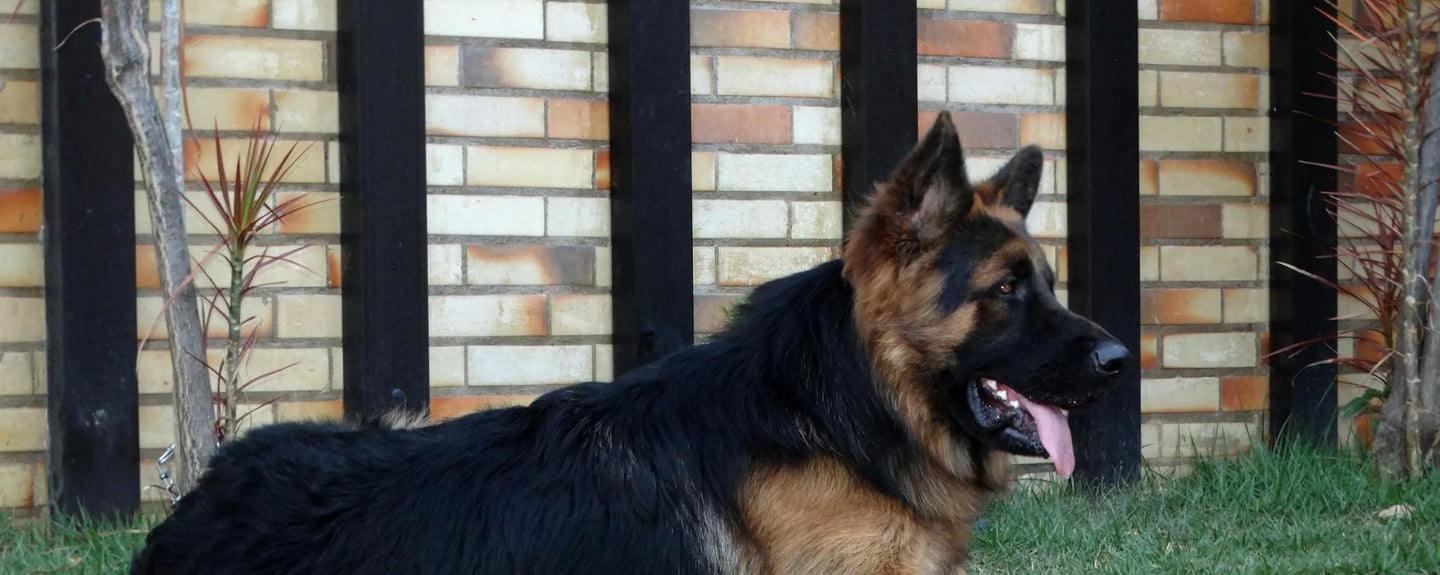Guaranteed Comfort and Complete Care for Your Pet.

Hip Dysplasia in Dogs: Symptoms, Prevention, and Treatment in Dubai


Hip dysplasia in dogs is a condition that involves abnormal formation of the hip joint. It can cause discomfort and stiffness and may reduce a pet’s mobility over time. Large-breed dogs in Dubai often face such issues when their joints endure excessive stress. Early detection helps maintain your pet’s well-being, so getting help on time is vital. Regular check-ups at a veterinary clinic in Dubai can reveal clues that might remain hidden without professional input. Owners who stay vigilant spot early signs of hip issues in dogs. Dubai’s hot weather adds stress on joints. Responsible care limits complications for dogs who show symptoms: a balanced diet and careful exercise schedules enhance joint health. Learn more about the main causes and common warning signs of hyp dysplasia in dogs and also explore some practical solutions and prevention tips to protect your dog’s comfort.
What is Hip Dysplasia in Dogs?
What is hip dysplasia in dogs? It involves poor development of the hip joint, which causes friction and instability. Improper joint structure leads to cartilage wear that triggers pain and limited range of motion. This condition often appears in growing puppies who gain weight at a fast pace. Growth patterns matter, so dogs who eat high-calorie meals can place an extra load on their immature bones. Genetics influence some cases, so certain bloodlines carry a greater risk. Early detection helps reduce discomfort, and prompt care avoids severe cartilage damage, so ensure to take your dog to the vet on time, as soon as you notice any symptoms.
Hip dysplasia involves unstable joints and may limit movement without proper attention.
Breeds That Commonly Develop Hip Dysplasia
Larger dog breeds like German Shepherds, Golden Retrievers, and Labradors often experience complications in their hip joints because their rapid growth places an extra burden on the skeletal structure.
In Dubai, some environmental factors also contribute to additional stress. Many dogs spend time indoors in air-conditioned spaces and then step outdoors in extreme heat. That shift leads to abnormal joint movement if the pup already shows mild dysplasia. Difficulty breathing in scorching climates also reduces consistent exercise routines, while less movement weakens muscles that stabilize hips.
Genetics contributes significantly, and puppies with parents diagnosed with hip issues often inherit similar traits. Experts advise controlled feeding schedules to prevent weight spikes. Exercise sessions must remain moderate instead of being high-impact sprints, so some owners combine gentle walks with occasional swimming. This approach saves hips unnecessary strain.


Large breeds often face joint strain and require balanced care that supports stronger hips.
Symptoms of Hip Dysplasia in Dogs
Early signs of hip dysplasia in dogs include mild stiffness or slight discomfort and some limp after exercise. Affected dogs may struggle to rise or climb steps, refuse regular playtime, or whine when someone touches their rear legs. Those signs often reflect joint inflammation or ligament strain, frequently accompanied by distinct changes in gait, including a bunny-hop movement. Veterinary attention is vital when symptoms persist, as checkups detect joint function changes and reveal issues that worsen without intervention.
A professional examines the dog’s hips by hand and watches its stride to identify signs of pain or mobility concerns. Immediate evaluations can prevent irreversible harm, so owners should schedule an exam if they notice pain, lameness, or reduced activity. Timely action often avoids major complications in older age and supports a healthier, comfortable life for dogs with hip dysplasia.
Diagnosing Hip Dysplasia in Dogs
The vet usually begins with a physical assessment, watching how the dog stands and moves while palpating the hip area for soreness or looseness. This hands-on approach reveals grinding sensations, instability in the joints, or discomfort that indicates possible hip dysplasia. A pet X-ray typically follows, verifying the extent of joint abnormalities and identifying any bone damage that might be present. Many clinics use sedation to ensure clear, precise imaging that guides the development of customized treatment plans. Based on X-ray findings, veterinarians often recommend targeted diets or therapy sessions, along with safe exercise routines that build supportive muscles.
Early diagnosis boosts comfort since dogs with recognized hip issues can avoid aggravation and enjoy better mobility in the long term. If you are worried about hip dysplasia in dogs, you need to consult a vet for guidance on diagnosis, treatment, and preventive measures.


X-ray is usually needed to confirm hip dysplasia in dogs.
Treatment Options for Hip Dysplasia
Many dogs respond well to using non-surgical methods. Weight management is vital because extra pounds increase stress on tender hips. Controlled meal portions will keep your dog at a healthy size. Exercise therapy also helps. Hydrotherapy sessions in shallow water boost muscle strength without strain. Pain management includes anti-inflammatory drugs and joint supplements. Some dogs benefit in specific ways:
Orthopedic beds that cushion sore hips
Ramps instead of stairs
Gentle massages that reduce tension
Low-intensity fetch games on soft surfaces
If symptoms remain severe, hip dysplasia surgery for dogs becomes necessary. A total hip replacement replaces damaged components with artificial parts to improve mobility and reduce pain. Recovery after surgery involves rest and gradual exercise. Dogs often regain confidence once healing is completed.
Preventing Hip Dysplasia in Dogs
Proactive measures often delay signs of hip problems. You should adjust your dog’s diet because of hip dysplasia to support slow, steady growth. Overfeeding triggers weight gain that strains joints early. Many vets recommend foods formulated for large-breed puppies. This approach limits sudden bone stress. Moderate exercise routines also help. Short walks prevent overexertion. Also, swimming sessions offer an activity without high impact. Dogs develop stronger muscles in water, which stabilizes hips.
Diligent oversight reduces the progression of hip dysplasia in dogs, and simple steps nurture long-term hip health. Joint supplements, such as glucosamine and chondroitin, help preserve cartilage. Regular checkups identify slight changes in joint alignment. Vets may suggest small adjustments that preserve mobility. Consistent monitoring spares dogs from experiencing intense pain later. Dubai pet owners have access to specialists who track changes over time.
Seek Support for Hip Dysplasia in Dogs
Hip dysplasia in dogs is a common issue, but consistent diligence, regular vet visits, and informed choices significantly reduce the risk of painful complications for your pet. Prompt diagnosis, along with regular checkups, helps uncover mild signs early, guaranteeing timely intervention and preventing hidden damage from worsening. Veterinary experts may suggest supplements, medication, gentle movement regimens, or, in severe cases, surgical procedures that restore comfort and mobility, as well as lifestyle adjustments, including controlled feeding and structured exercise. Surgery can offer substantial relief, though non-surgical approaches are often successful during the early stages. By carefully concentrating on balanced meals, moderate activities, and professional advice, many owners notice marked improvements in their dog’s condition. For more information, don't hesitate to contact our pet health professionals!

